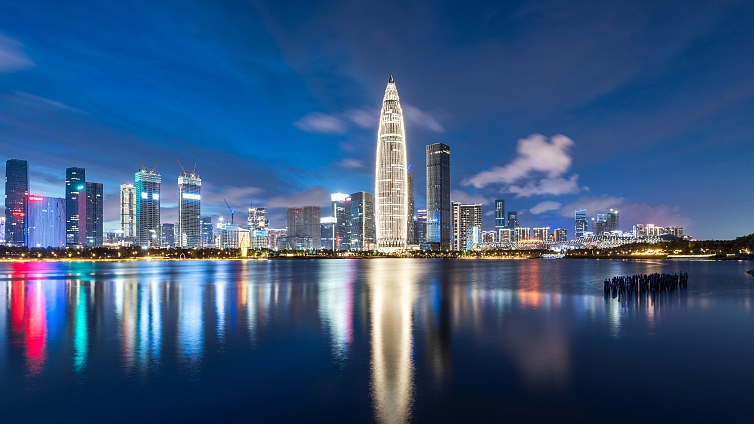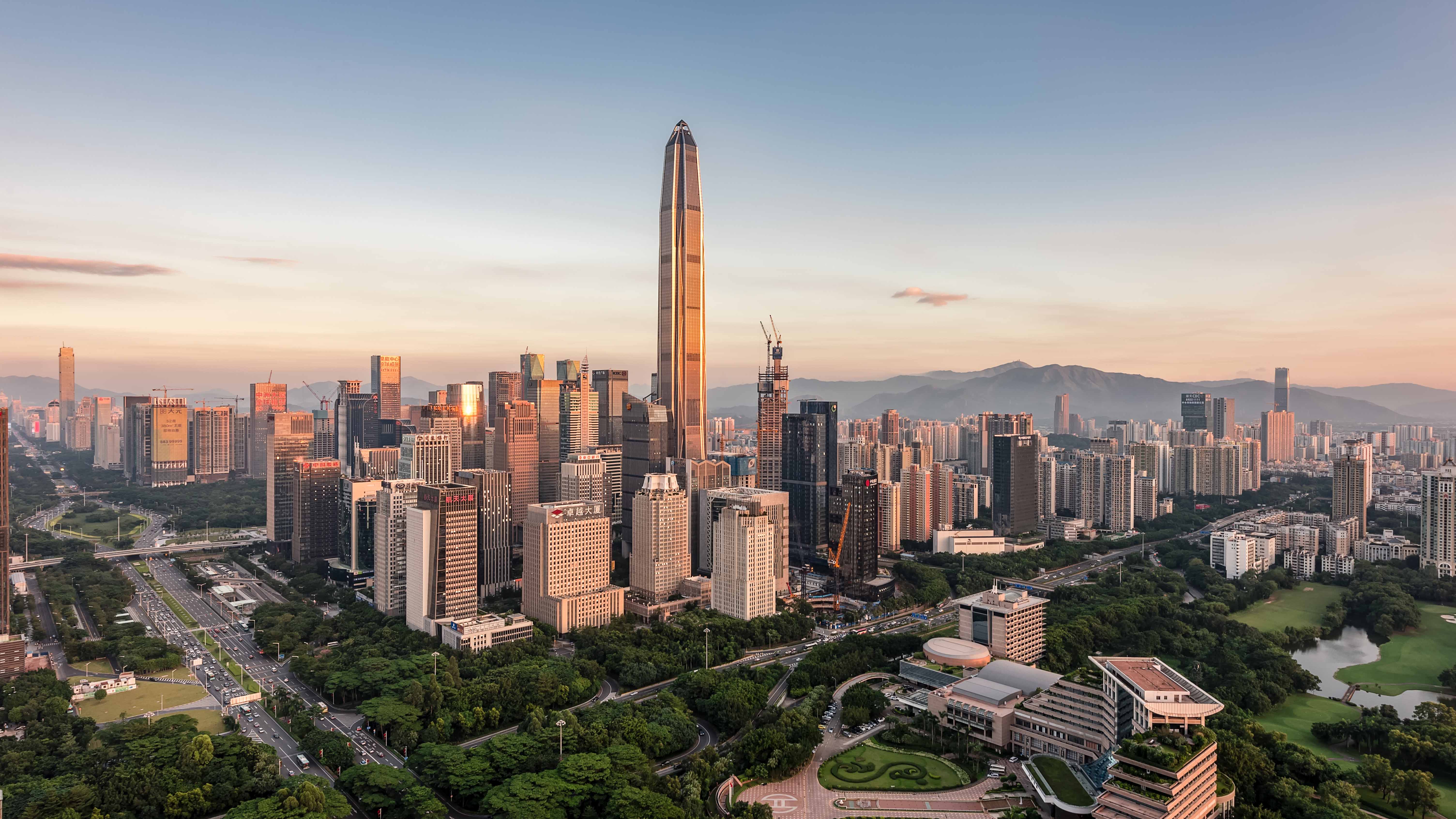05:45

It only took Shenzhen 40 years to achieve what would take other global metropolises a hundred of years to realize, which is a miracle in the world history, said President Xi on Wednesday at a celebration marking the 40th anniversary of China's first special economic zone (SEZ) in Shenzhen, Guangdong Province.
At the ceremony, President Xi called for Shenzhen to expand reform and open-up further, and maintain the city's high-quality growth.
Li Yong, Senior Fellow at the China Association of International Trade commented that more opportunities will be unleashed in the city.
During the weekend before the celebration, the general offices of the Communist Party of China Central Committee and the State Council jointly issued a plan on implementing pilot reforms in Shenzhen to build the city into a demonstration area of socialism with Chinese characteristics in the next five years.
The blueprint says the central government will tailor-make a negative list for Shenzhen, which will allow more market access to foreign investors in areas such as energy, telecommunication, public utility, transport and education.
Li says this 'independent' negative list will make Shenzhen a more attractive investment destination for foreign capital as the city enjoys more freedom in market access.
05:43

"Foreign investors can take advantage of this special policy and use Shenzhen as a base to tap the national opportunity," says Li. "Internationally, it also provides opportunities because of the role that Shenzhen plays in implementing, for example, the Belt Road Initiative."
Shenzhen is now the fifth wealthiest city in Asia, but the land shortage constrains the city's development. Shenzhen's total area is close to 2,000 square kilometers, among which about half is unavailable for development. The blueprint eyes on the city's land constraints and grants the local government more autonomy in land management.
"Readjustment (of the land development plan) should get approval from the central government. Now they can make their own adjustment according to local conditions," says Li Yong. "Housing prices are formidably high in Shenzhen. Local officials are committed to making sure that they will provide housing for living, not for speculation. I think talents can expect improved housing conditions in Shenzhen."
From 1980 to 2019, Shenzhen's GDP rose from 270 million yuan to 2.7 trillion yuan ($40 million-$400 billion), with an average annual growth rate of 20.7 percent, transforming from a small fishing village into a modern metropolis over the past four decades.
Its fiscal revenue also rose from less than 100 million yuan to 942.4 billion yuan during the period.

Shenzhen was the first Chinese city to implement over 1,000 reform measures.
Since its inception, the Shenzhen SEZ has implemented China's "bringing in" and "going out" strategy and utilized both domestic and international markets and resources while actively attracting global investment.
Its total imports and exports climbed from $18 million in 1980 to $431.5 billion in 2019, an average annual growth rate of 26.1 percent, contributing to an all-around opening up.
The SEZ actively promoted cultural and ideological progress and implemented core socialist values to better coordinate the development of material, political, ideological, social and ecological civilizations.
People's livelihood has greatly improved in Shenzhen, with tremendous advancements in education, medical care, housing and other areas. Its per capita disposable income skyrocketed to 62,500 yuan in 2019, a 31.6-fold growth compared to that of 1985.
Read more: Shenzhen, a pilot city with unprecedented success
(Zhu Feng contributed to this story)